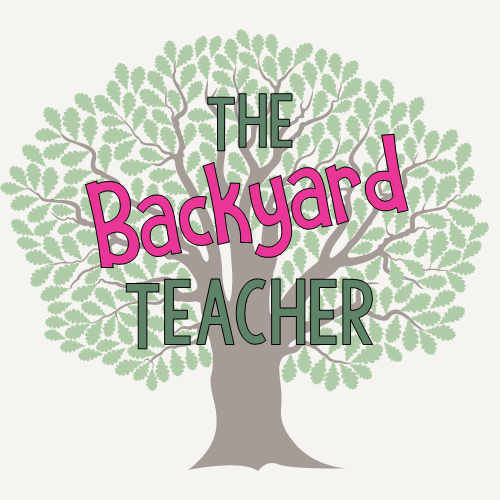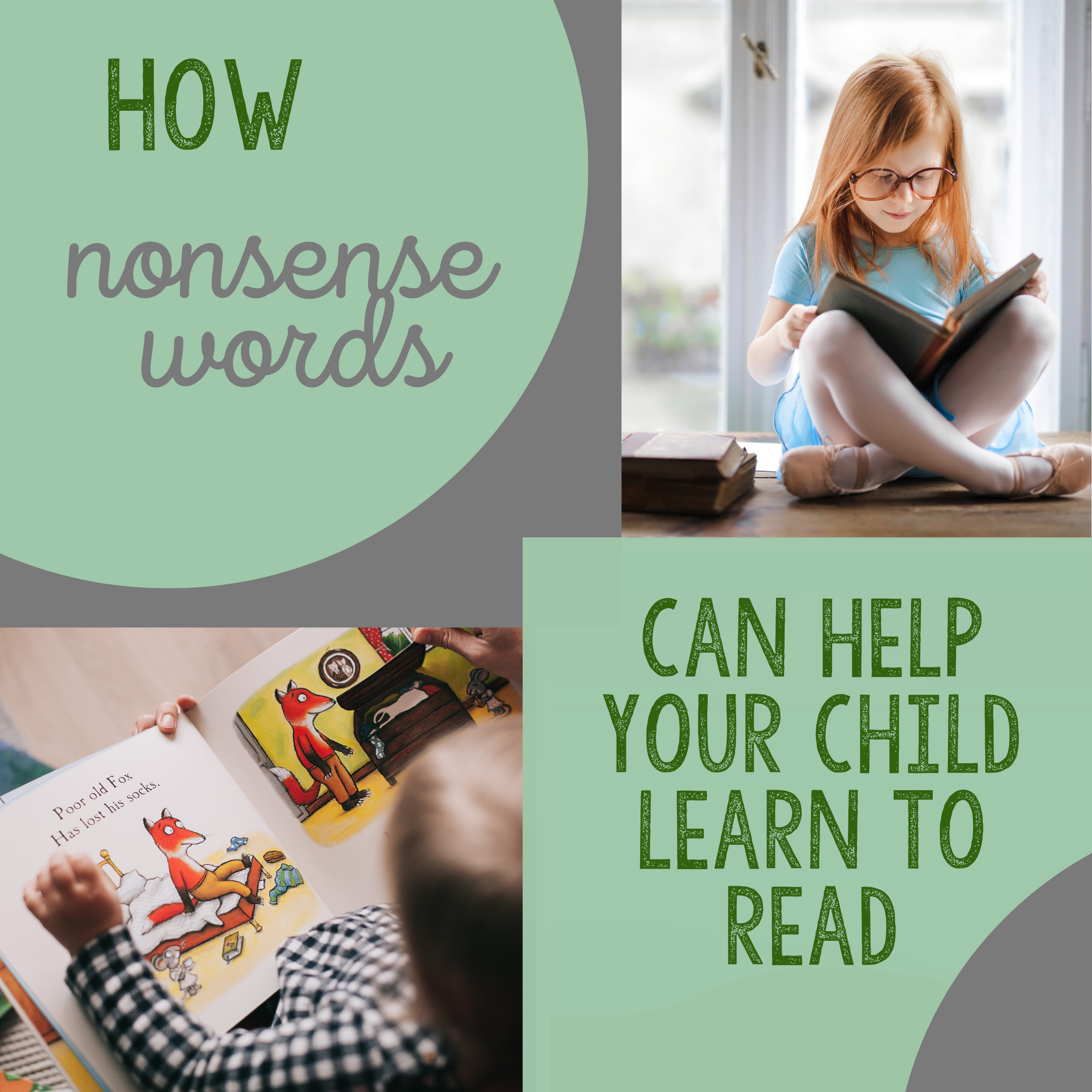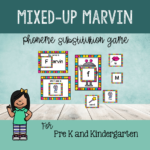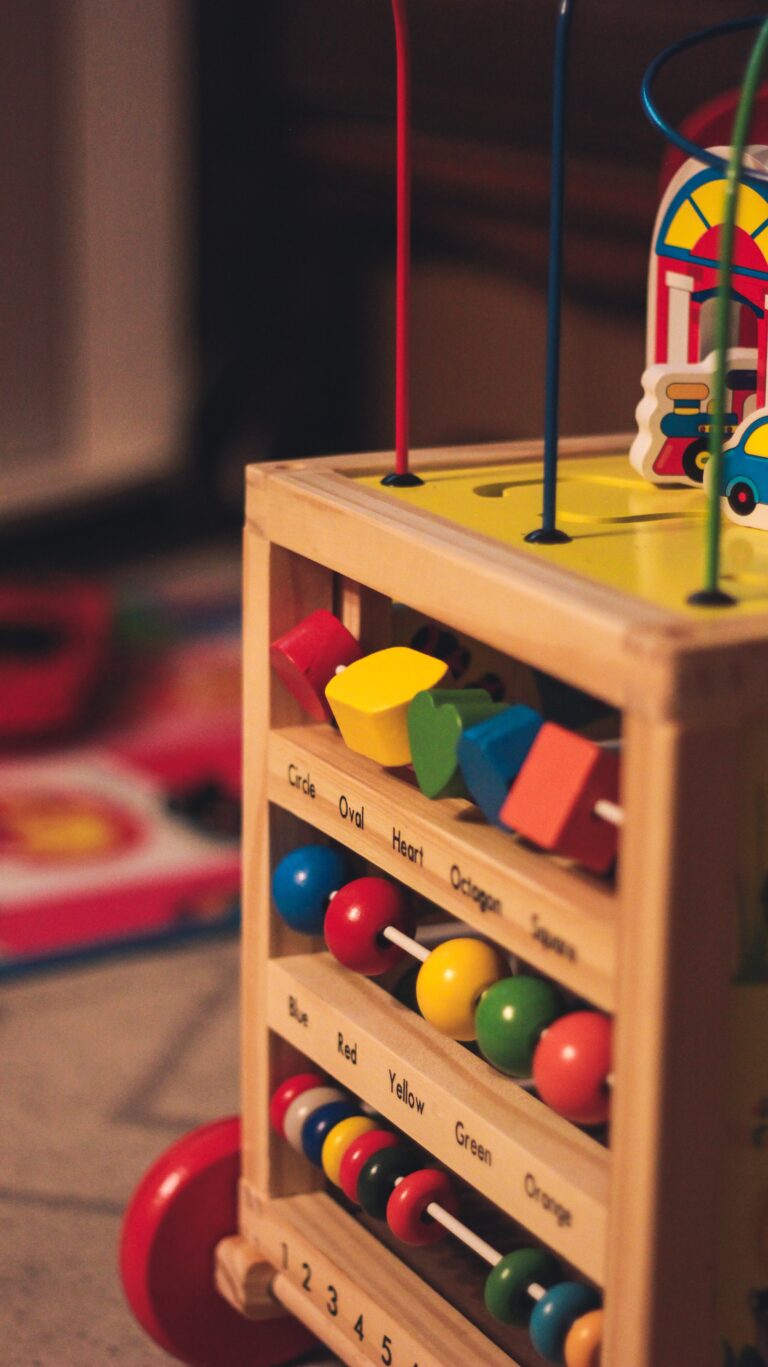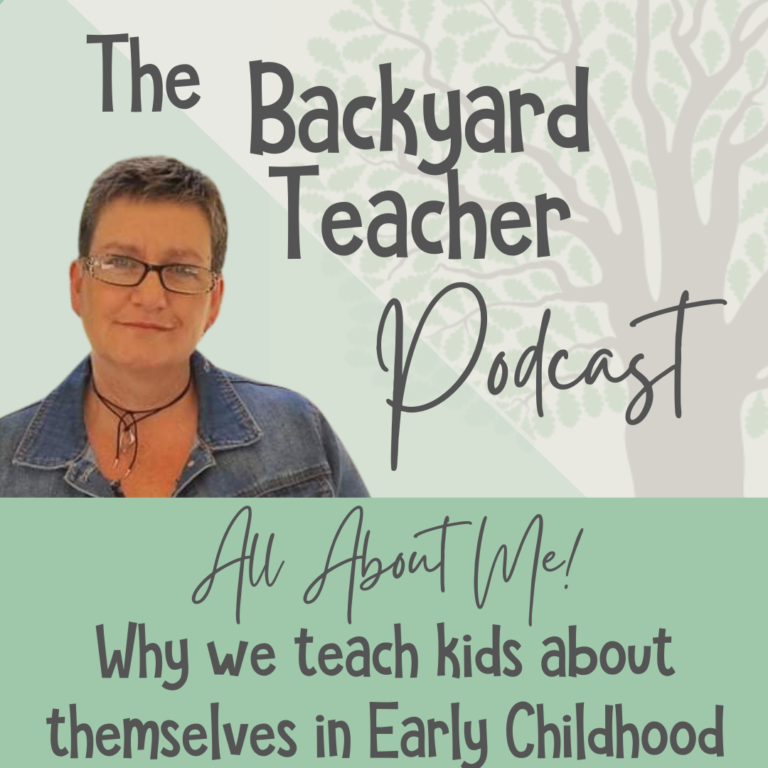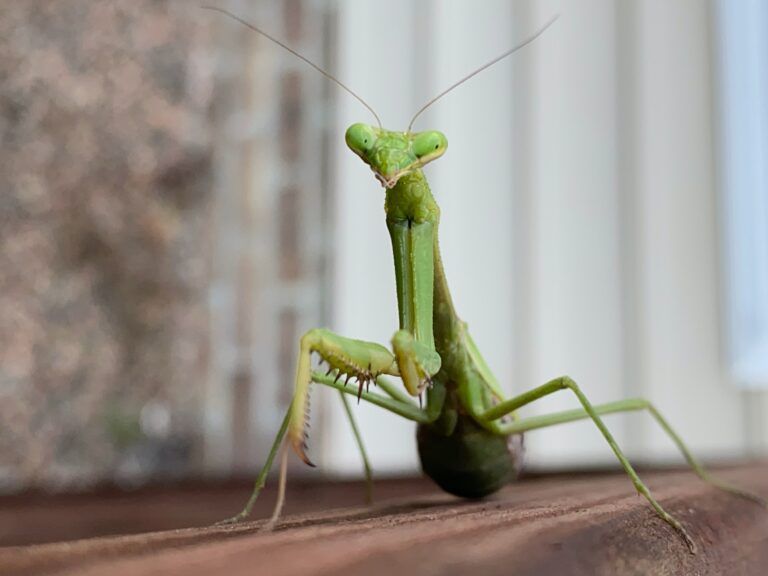How nonsense words can help your child learn to read
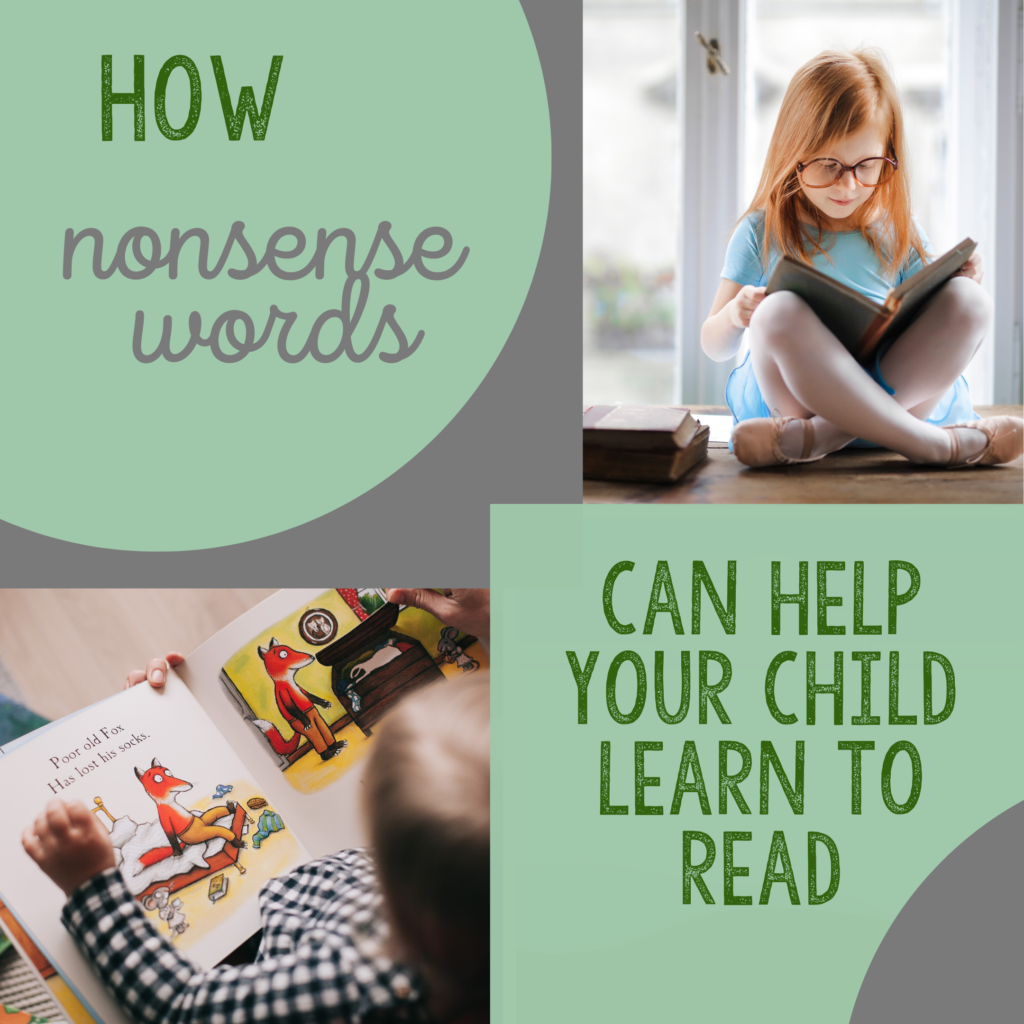
Nonsense words can help your child learn to read
It sounds counterintuitive, but saying nonsense words can help your child learn to read more easily. I know, right?!
There’s a famous (well, in the education world, at least!) quote from the amazing Louisa Moats that says, “Teaching reading IS rocket science,” and it’s true – most kids learn to speak simply by being around people speaking, but reading just isn’t the same. It’s not a natural process, not instinctive, like learning to talk. When you dig down into the nitty gritty of what our brains have to do in order to learn to read, it’s a bit of a miracle we can do it at all! But, there are things that parents and teachers can do to make it easier. It’s rocket science because it’s a complex neural process for our brains, but almost anyone can do it, given the right directions!
When do kids start learning to read?
It all starts…from birth! I know, right? That’s crazy – babies can’t read! But the pre-cursor to learning to read is learning to talk. Luckily, that part is easy for most kids. I’m planning to look at that process in greater detail soon, because I’m very much a ‘back to basics’ kind of person, plus, I’m working in Early Childhood at the moment, (so stay tuned, my under 4yrs peeps!) but for today I want to share some ways we can get our kids on the right track in the year or two before they start school.
How can I help my child learn to read?
There are a few non-book indicators that a child may be ready to start learning about reading (that’s right, non-book, as in, no written words). We start to learn to read with our ears and mouths, so your kiddo should be able to –
- sing, or at least join with you singing the Alphabet song
- show some basic phonological awareness – that is, the sounds within words
- show a basic awareness of rhyming words
- show basic phonemic awareness – letters represent sounds and when we group them into words, we can read them.
That sounds like an awful lot! The good news is that thoughtful parenting/early childhood education can make it all happen easily. We’re just going to talk about one step today. And it’s fun! Nonsense words!
What are nonsense words and how can they help?
Nonsense words are words that don’t make sense, or don’t mean anything. Kids LOOOOVE silly word play, so nonsense words are so much fun to them – have you ever said something accidentally mixed up and heard your kids laugh themselves silly about it? Silly-sounding words are a great way to let kiddos play with and explore language, while learning how sounds work. It’s a useful way to teach phonological awareness.
What is phonological awareness and how does it relate to using nonsense words?
It’s the ability to hear and manipulate sounds, and it’s CRITICAL in learning to read (and yes, I’m shouting that!). Without the ability to discern individual sounds, kids can’t begin to build the concept of the alphabetic principle, which is the connection between sounds and their matching letters. So, learning to hear and produce the individual sounds in words is an absolutely vital step in learning to read. If a child misses out on this foundational skill, they will most likely lag behind when it comes time to learn their letters and start reading words.
How to teach phonological awareness with nonsense words
It’s not as hard as you might think. It begins with making children aware of sounds. Playing games, singing songs and hearing rhyming words are all a great place to start. And it’s natural for kids to want to make sounds – babies babble to make sounds; they ‘talk’ to themselves and others before they even know how to say words. When you say ‘buh buh buh’ to a baby, THAT’S the very beginning of teaching phonological awareness.
So, if it’s that easy, why do they need help?
The part where they need help is breaking words down into sounds and pronouncing the sounds correctly. Have you ever heard a little one say ‘baw’ for ‘ball’, or ‘uh’ for ‘up’? You correct them, saying, ‘Yes, it’s a ball,’ and you might emphasise the /l/ at the end so they can hear it, or by saying, ‘You want me to pick you up? Say, up.’ Modelling the correct form and drawing their attention to the sounds in words helps them learn to speak correctly. The same processes help when they’re learning pre-reading skills.
You can start by singing some silly songs –
- this crazy apples and bananas song (https://bit.ly/apples_and_bananas) always cracks up my little friends. A word of warning – it’s a real earworm…good luck getting it out of your head! If I had a dollar for every time I’ve had it running on a never-ending loop, I’d be drowning in dollars!
- a name song, like this one, (https://bit.ly/name_song). Kids love playing with the sounds in their own names and the names of their friends. Prepare for giggles.
- this funny attendance song, (https://bit.ly/attendance_song) will make your morning routine at preschool fun.
You can also try –
- finding everything in the room starting with a particular sound, eg: /b/ – book, bench, bug, etc
- playing I Spy, with beginning sounds, eg: I Spy something beginning with the sound /b/.
Or try some more specific phonological awareness and phoneme substitution games.
What is phoneme substitution?
It means swapping out the initial sound. When you take a sound out and replace it with another, that’s phoneme substitution. The words you make don’t even have to be real words – it’s the swapping of the sounds that matters. Plus, as we’ve discussed, making nonsense words is fun! You want your kiddos to be silly with them, because that makes them more likely to play.
How to use nonsense words to teach phoneme substitution
- again, the Apples and Bananas song (I told you it doesn’t go away!)
- play the Mixed-up Marvin game.
This is a game specifically designed to develop phonemic awareness. Start by telling the kids about Marvin, a robot who doesn’t speak English very well. We need to help him learn how to say words properly. The first step is to stack the picture cards and either the upper- or lower-case letters face down in two separate piles. Turn over the top card of each pile and say the word that matches the picture, then say the sound represented by the letter card. Place the picture card on Marvin’s screen and the letter card beside his name. Say –
“My name is Marvin,” (replace the /m/ with the new sound on the letter card. Eg: if it is a /b/, you’ll say “Barvin”)
“…and I see a…” (whatever the picture card is, but starting with the new sound. Eg: if the picture card is a donut, and the letter card shows a /b/, you’ll say “bonut”).
Hilarity ensues!
There are several ways to differentiate this game, depending on the needs of your kids. You can –
- turn over a letter card, say the sound then find all the picture cards that start with that sound
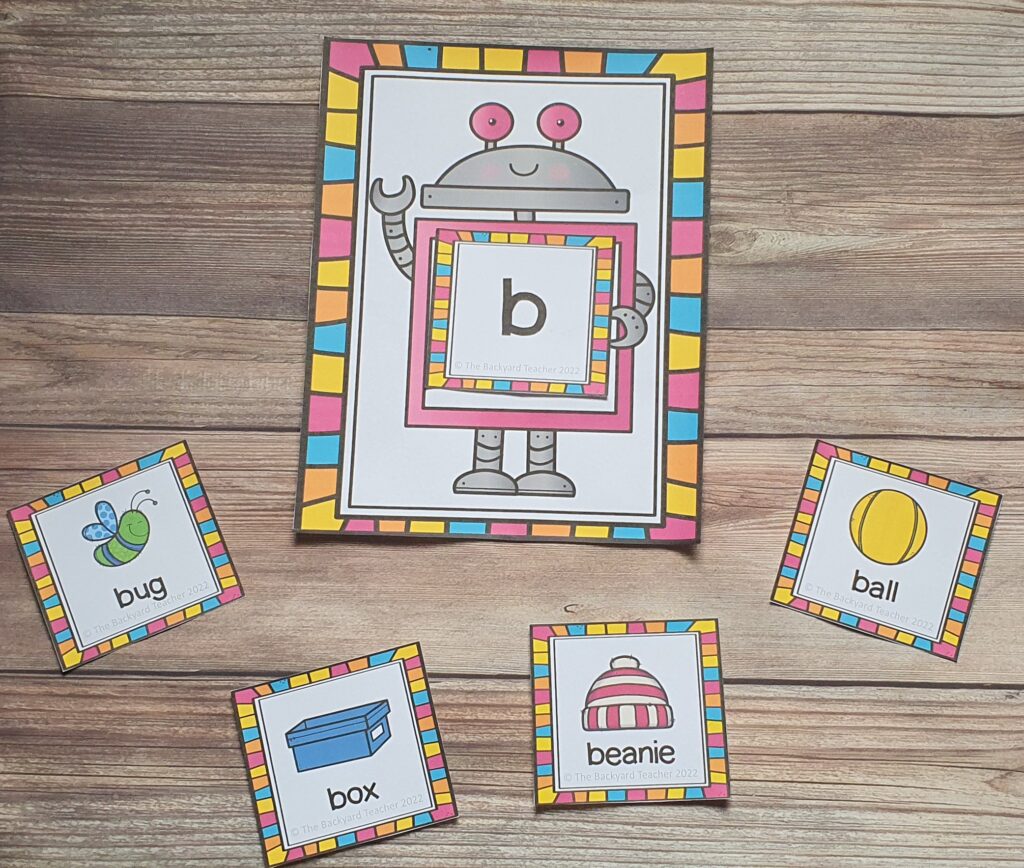
- turn over a lower-case letter card, match it with the corresponding upper-case letter then find a picture that starts with the matching sound.
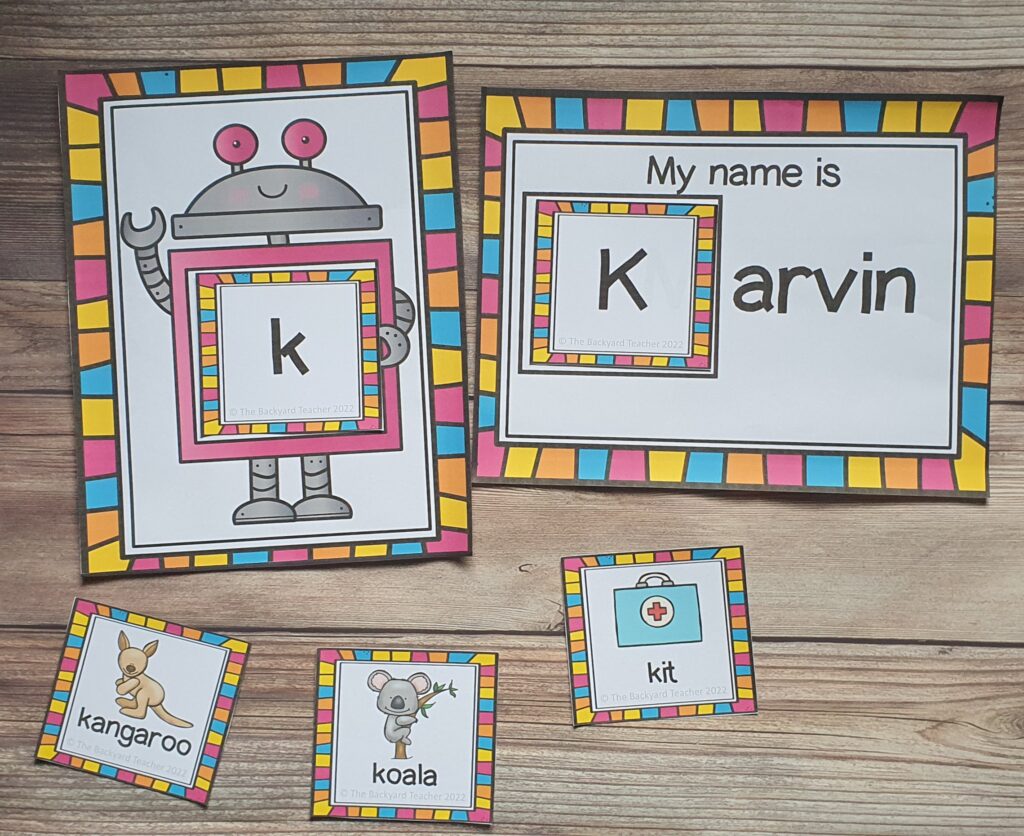
- turn over an upper-case letter card, place it on Marvin’s name, find the corresponding lower-case letter and place it on the ‘I see a’ sheet, then choose a matching picture card and write the word on the ‘I see a’ sheet, after the lower-case letter (but removing its original initial sound).
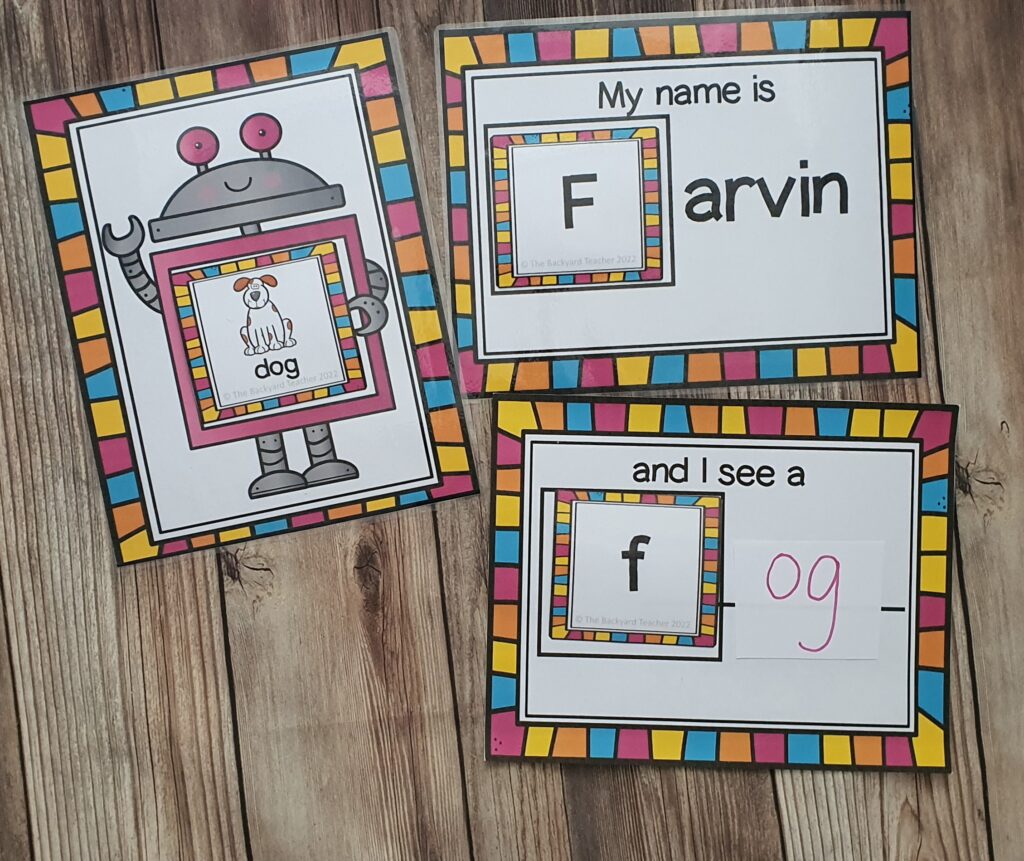
This game is fantastic practice for developing phonological flexibility. Plus, the kids find it hysterical! This is NOT a quiet, calm activity!
If you would like to learn more about Mixed-up Marvin, click on the picture below to see it in my store, or download the sample freebie at the bottom of the page to try it out.
Let me know what you think – I’d love to hear your feedback.
Cheers,

